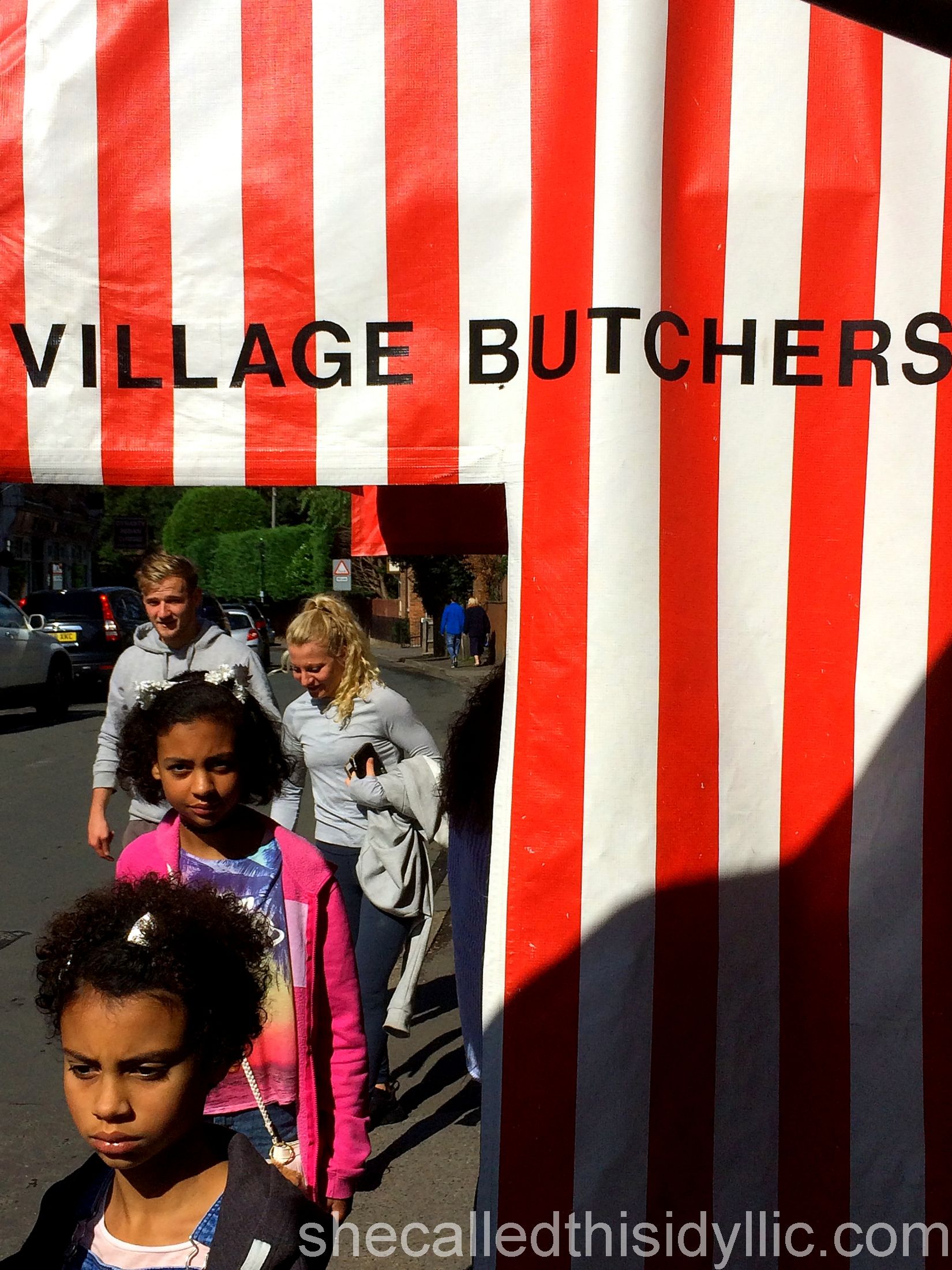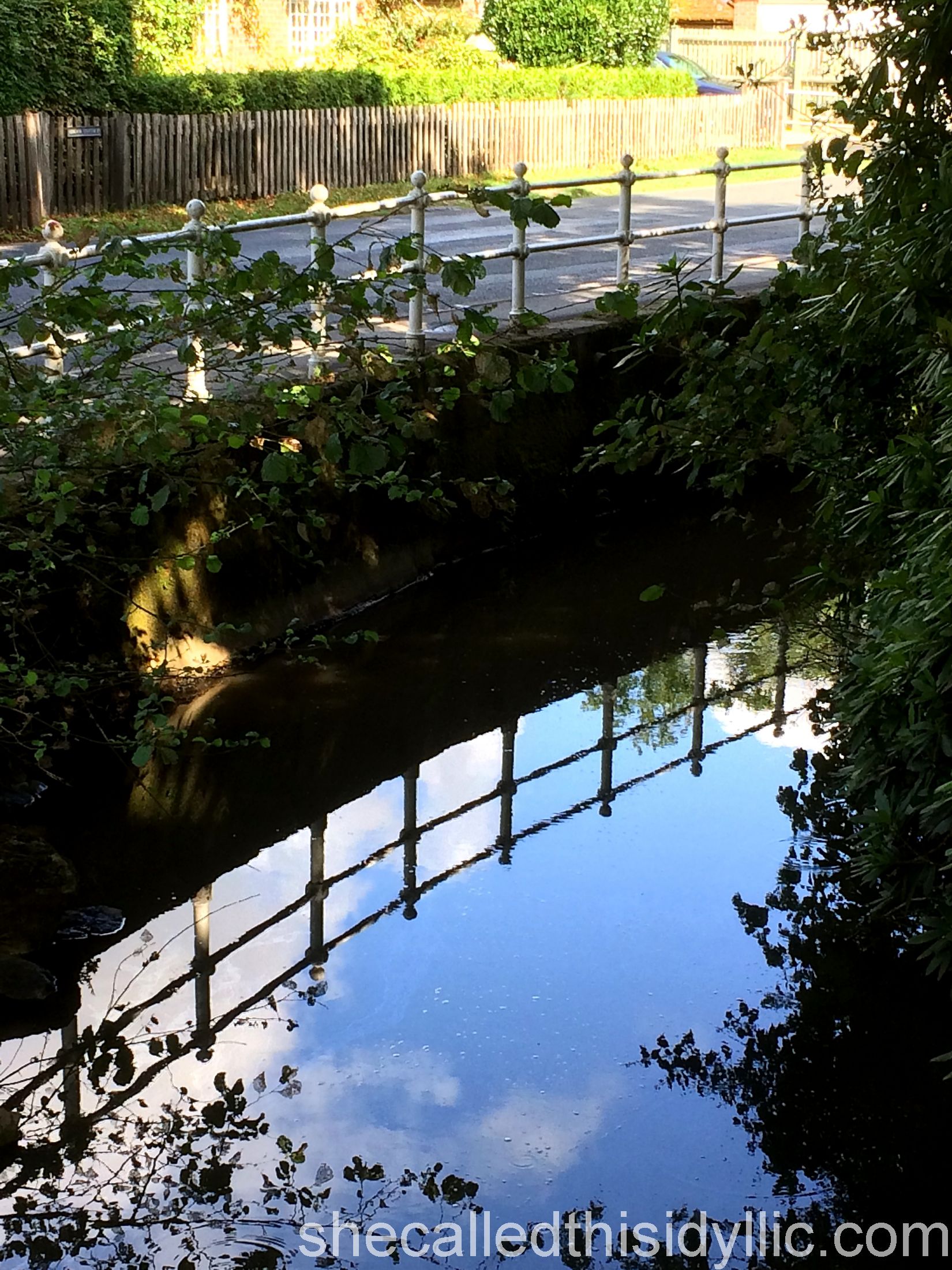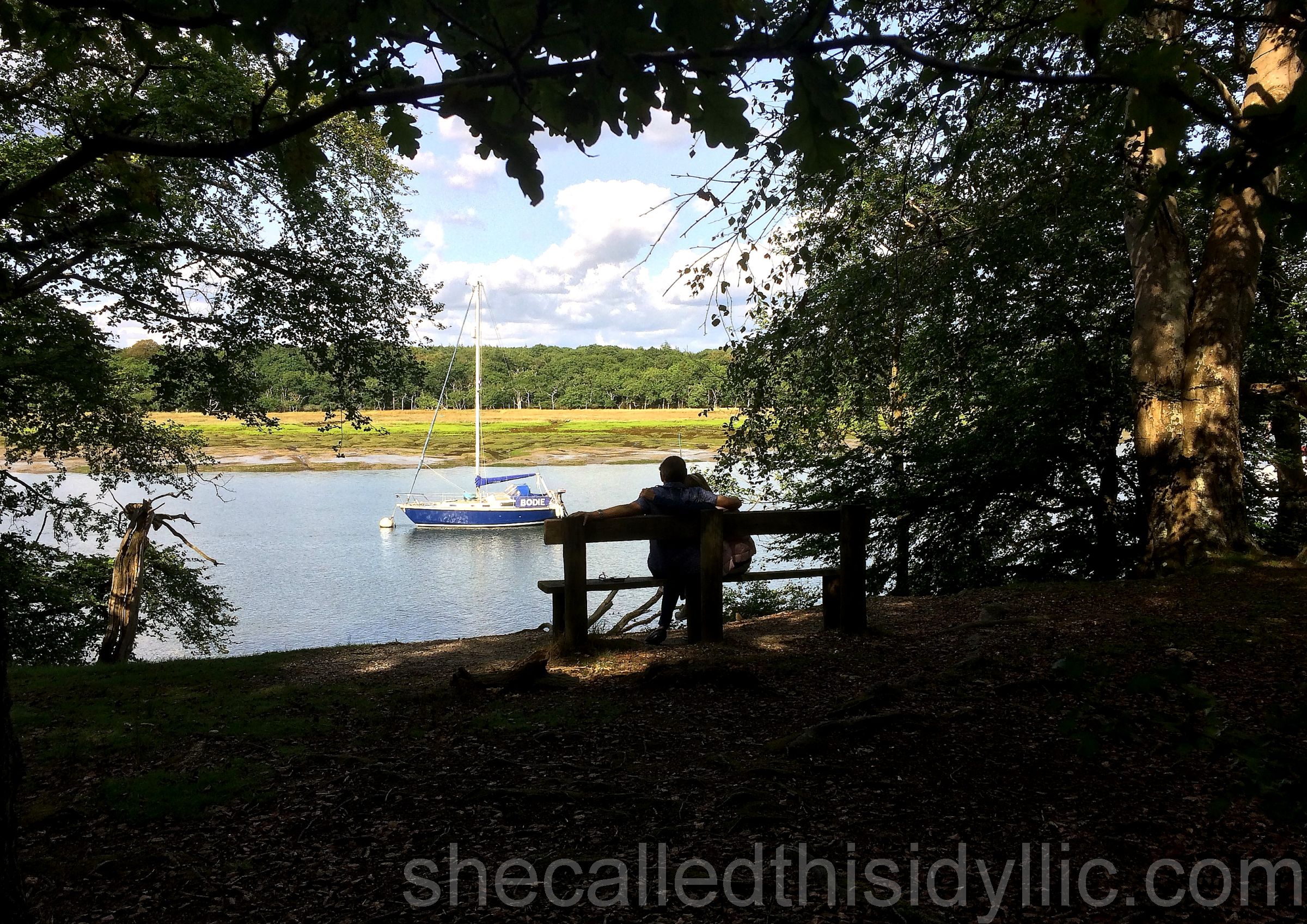On The Trail Of The Ponies
They say that sometimes life is easier when you just stick to what you know.
Now there is nothing wrong with living your life like this of course, apart from missing out on every single thing that you have yet to experience and could do, if only you were brave enough. So what better way to start this post than with a confession. That's exactly the attitude I had when I came up with last minute plans to take off for a night away over the bank holiday weekend. In the spirit of our positive and proactive desire to get out and live our best lives, we decided on Thursday evening that it was time for a short adventure and my immediate thought was, where have we been to before that we liked?
Thankfully sense prevailed and I realised my mistake.
We were with company at the time and a friend recommended one of their favourite places for us to consider and before we knew it we were packing our bags for a trip to the New Forest in Hampshire. Not a decision I can take any credit for but one I am now very happy with.
And it also gave me a wonderful new place to add to my own favourite places list.
We arrived after a horrible journey around the M25 and down the M3, with the expected heavy traffic, roadworks and general bank holiday delays all playing a part. Under more normal circumstances it would be no more than a 90 minute drive away, not a significant distance and a really easy trip. Literally a few minutes after leaving the last main road we found ourselves rattling over cattle grids and deep into winding and peaceful country lanes. As one would expect, the pace of life felt different as soon as we stopped and left the car, but it was surprising to learn that the place we stayed at was under 10 miles away from the centre of Southampton. We chose an old 18th century hunting lodge as our base, a wonderful building full of Fawlty Towers comparisons, and it worked well for our needs. The area is full of accommodation for all tastes but our hotel provided decent food, a massive room and a pub just a few minutes walk away.
The little research that I was able to do in advance clarified that the New Forest goes right back to the time of William the Conqueror, who proclaimed the place a royal forest, and it featured in the Domesday Book of 1086. It is made up predominantly of three main villages, Lyndhurst, Brockenhurst and Burley, with many smaller villages located in the surrounding countryside. But apart from the rural and relaxing feel of the place, probably the most fascinating and unique aspects of the forest are the common laws that allow locals the right to graze their ponies, donkeys and cattle almost anywhere that the animals chose to go. It gives rise to the very attractive sight, and the reason why so many tourists visit, of these animals strolling around the villages, standing in the middle of roads and generally acting as if they own the place!
More or less our first experience when we arrived was to come face to face with a group of very relaxed cows ambling across the road and then parking themselves on the grass verge, completely oblivious to the cars and people watching. We chose to visit Brockenhurst in the hope of seeing the ponies, especially after reading that they were very often to be found wandering along the High Street, mixing with cars and shoppers alike. Whilst there were none to be found in the centre of the village, we soon found some grazing just around the corner. The village itself is “picture postcard” beautiful in many ways, with a ford at the end of a tiny high street and stunning old houses looking out over the open fields and woods which the animals frequented. Places like this are inevitably not cheap to live in, I dare you to look in the windows of the local estate agent without gasping at the prices, and it is no surprise that the village was full of visitors on foot and on bikes, exploring the countryside on the trail of the ponies.
After a very enjoyable stop we moved on to another little village, Beaulieu, a beautiful and historic place on the banks of the similarly named river. In the spirit of the visit, we decided to keep the satnav switched off and navigated using road signs and our slightly dodgy sense of direction for a change. Whilst not totally successful, everywhere we wanted to visit seemed to be so close by that even when we missed the signs, or realised that perhaps they may not have been there in the first place, it didn't seem to matter.
Our arrival at Beaulieu was marked appropriately by a brief stand off with a braying donkey in the centre of the road, something that could probably only happen with such good humour and no repercussions in the New Forest.
Beaulieu village is part of the larger Beaulieu estate which covers a significant area of land along the river and was part of the lands owned and run by the local Abbey, founded back in the early 1200's. The village itself seems completely unspoiled by modern development, and the easiest place to park is in the grounds of the nearby National Motor Museum, just a half mile down the road. We pottered around the village for a while, finding a very pleasant and unexpected kitchen garden which was open to visitors. But the main reason for our visit was to complete the riverside walk from Beaulieu down to Bucklers Hard, just over 2 miles away. I had a rather romanticised image of Bucklers Hard from brief glimpses in travel shows and magazines over the years, and I was fascinated by the history and the idyllic location that it seems to enjoy. From its humble beginnings as a hamlet, starting as no more than two rows of workers cottages and remaining unchanged for over two hundred years, it is hard to believe its story. Originally named Montagu Town and intended to be a port for trade to the West Indies, it became a major ship building centre in the late 18th and early 19th centuries. In fact, it provided more than 40 ships to the British Navy over the years, including three in Nelson's fleet at the Battle of Trafalgar in 1805, and his favourite battleship, HMS Agamemnon.
Upon reading about this walk in the literature we had found at the hotel, I was keen to visit. There is little more fascinating for me than visiting a location which has such a rich history and comparing it to the quiet, beautiful and tranquil place that it has become. Without doubt, I recommend that you visit Bucklers Hard if you are in the area. Take the walk if you can rather than driving directly to the place and you won't regret it.
After a rather ordinary first half mile or so the track disappears into the woods and then winds its way along the river bank. It really is something special with wonderful views of the water, boats and the local countryside and the prize at the end is a stunning slice of English history that will take your breath away. Well, it did mine anyway.
Whilst the inevitable tourism has given the place a bit of a “visitor experience” feel, the look and history remain untouched. We visited on a lovely, sunny afternoon and there were many families sat on the grass with picnics or outside the pub just watching the boats passing on the river. We saw cyclists, dog walkers, paddle boarders and many more messing about on the water and enjoying the surroundings. A truly lovely place to spend some time.
So a very short but delightful adventure came to an end. I always think that a sign of how much I liked a place is whether I could imagine myself living there. Without doubt the answer is a resounding yes. The rural feel of the New Forest is of course slightly compromised by the number of visitors in summer, but then I can hardly visit myself and complain about tourists. It is a beautiful area and, as long as I don't let it get in the way of finding new places and experiences, I would very much like to take another look one day.














